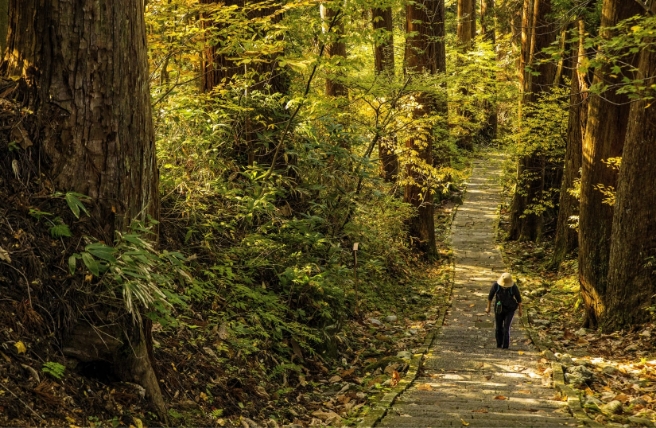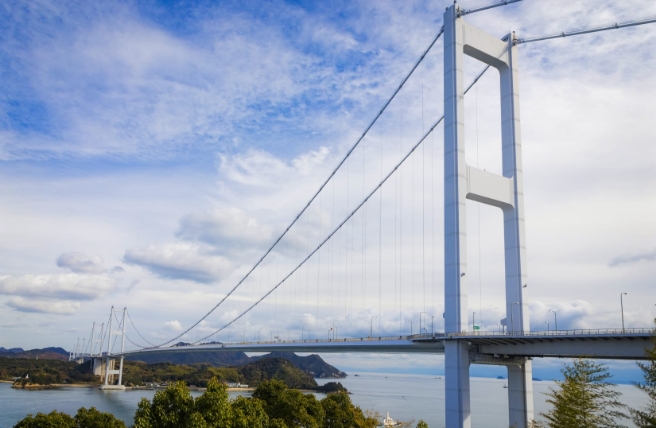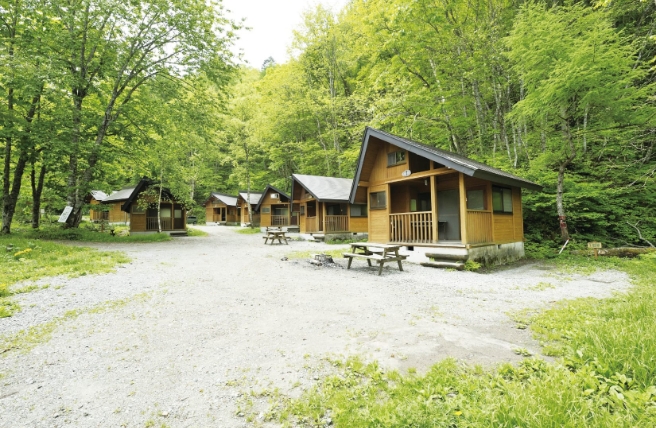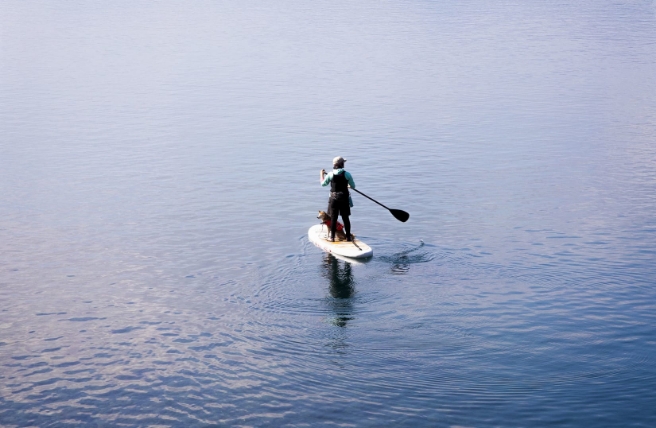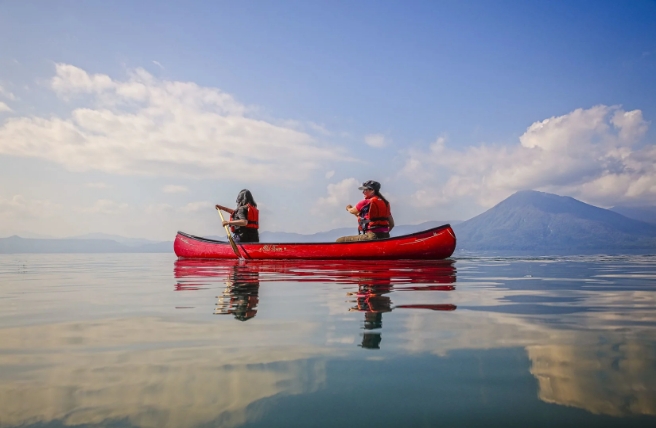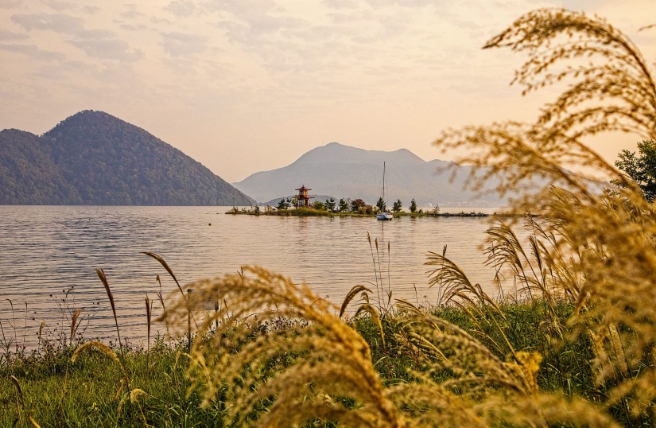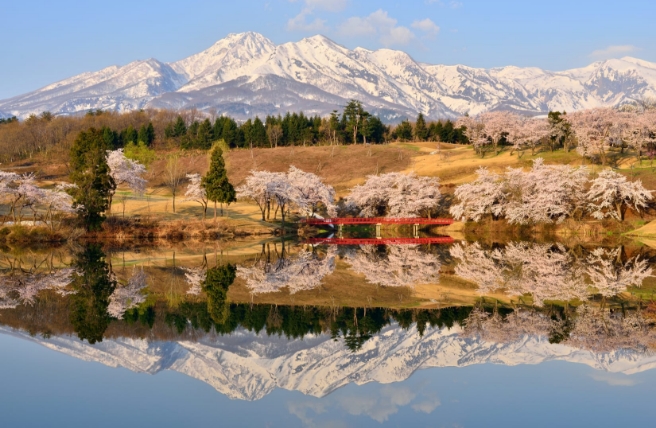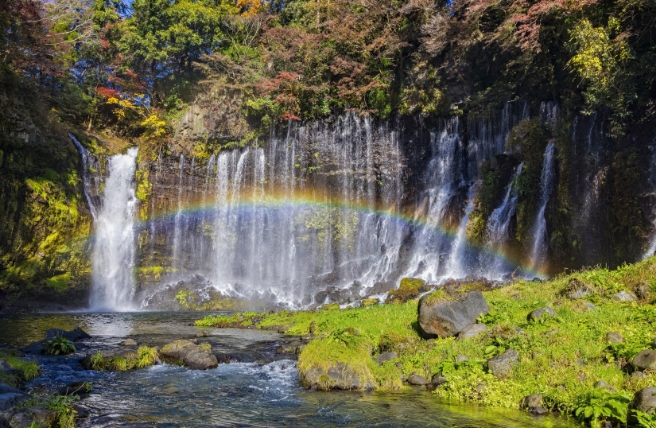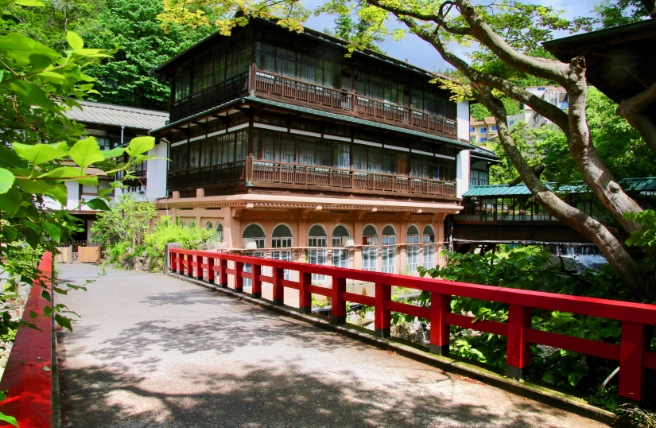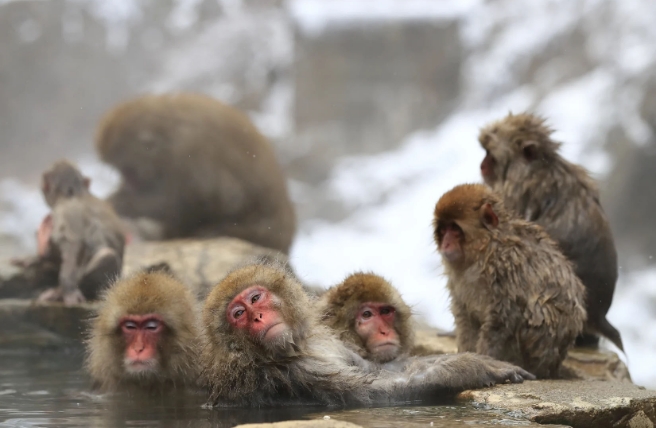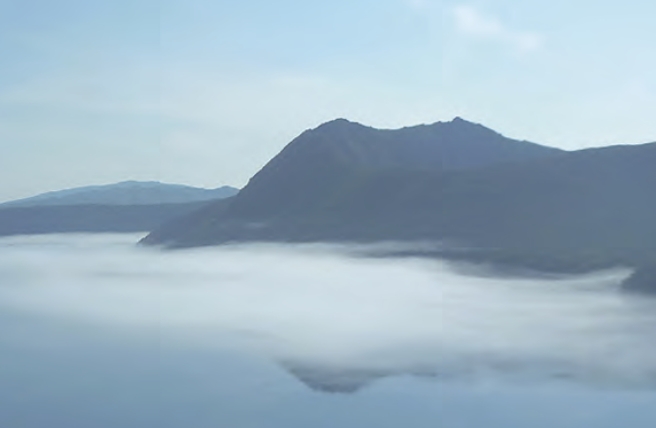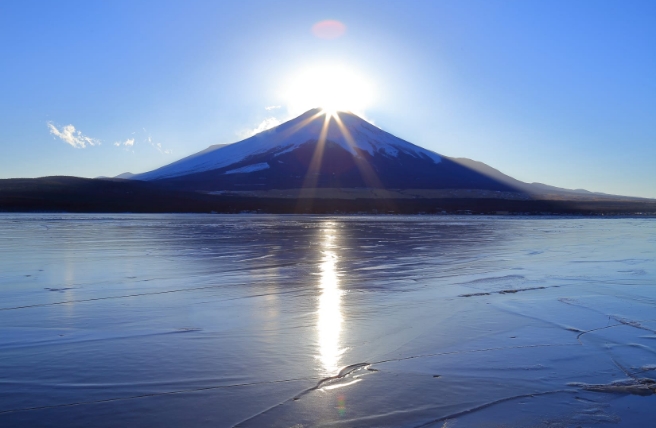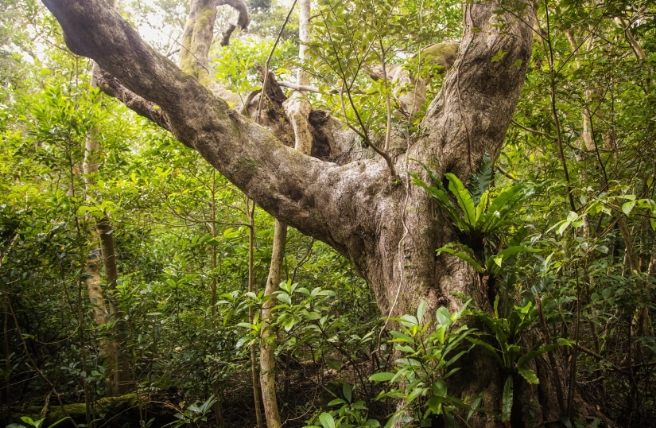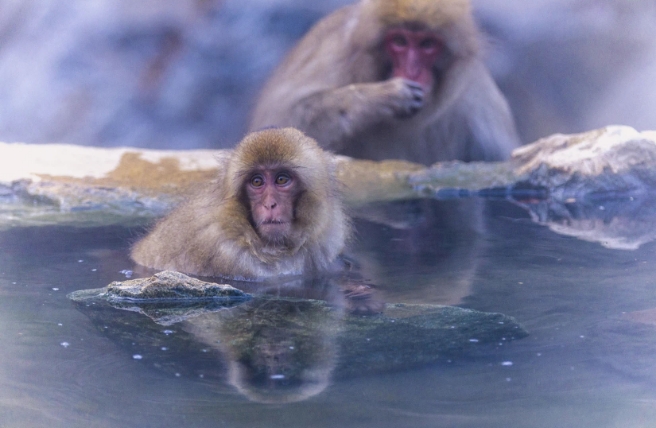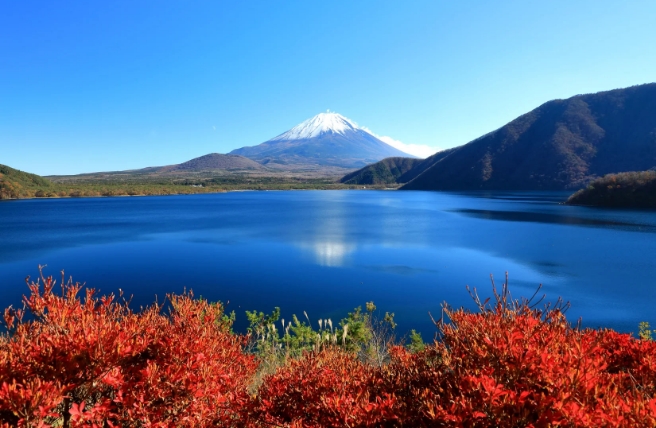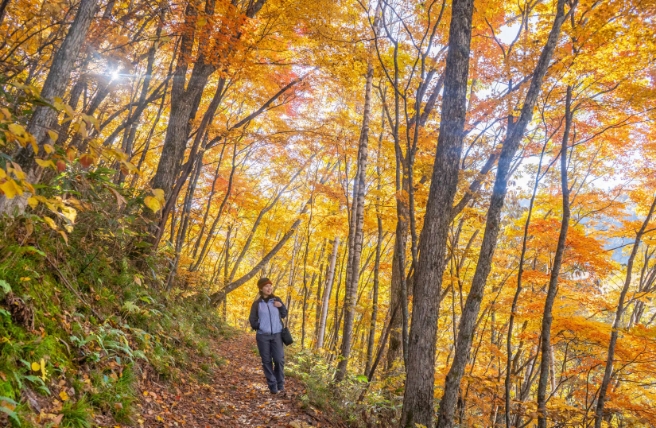The Fantastic Four
Of the archipelago’s thirty or more islands, only four are inhabited. The largest of these, and the most mountainous, is Tokashiki. Being closest to Naha, Tokashiki is particularly popular with day-trippers. The lower-lying Zamami has a cozy, intimate vibe that makes it a favorite with independent travelers keen to soak up the atmosphere in a more leisurely way. Aka and Geruma, just south of Zamami, are small, densely forested islands that are home to the charming Kerama deer.
Sadly, parts of this historical legacy were lost in the last days of World War II. Being a base for the suicide attack boats with which the Japanese hoped to delay the American invasion of Okinawa, in March 1945 the islands were bombarded, and then captured. Many of the inhabitants took their own lives, a tragedy marked by memorials dotted around the islands.

A Thriving Culture
Despite these upheavals, the traditional culture and customs of the Keramas continue to flourish. Each village still has its age-old utaki sacred sites and uganju prayer places, while the special relationship with the sea is celebrated with festivals throughout the year. These include a sabani race, when traditional Okinawan fishing boats (six-man dug-outs with a sail) are raced to placate the sea gods, and to pray for good catches and the safety of the island’s fishermen. During the Umiugan festival, people give thanks for the past year, and pray for safety at sea and bountiful catches of fish in the year to come.

By Land or Sea
The Keramas have numerous pristine beaches. Settle down on one and, when you’re nicely warmed up, grab your snorkel and explore the rich marine life: sea turtles, colorful tropical fish, and the coral in all its technicolor glory. More adventurous types can hire stand-up paddle boards, or join a boat tour to some of the many uninhabited islets.
With 100 diving spots, the Keramas are one of the world’s premier diving destinations. Even those who cannot dive or snorkel have the opportunity to appreciate the fascinating underwater world on a glass-bottomed boat trip from Aharen Harbor in Tokashiki or Zamami Habor in Zamami. For those looking for marine wildlife on a more heroic scale, the seas around the Keramas are host to humpback whales who migrate here in winter to rear their young. You can enjoy whale-watching from a boat or from hilltop viewpoints on land.

The most important islands have many designated viewpoints offering splendid vistas over the Kerama archipelago. There are also nature trails, along which you will find flora including Okinawa pines, Kerama azaleas, and Japanese bayberries.
The Keramas are a tranquil, timeless sanctuary, somewhere to get away from the stress and bustle of modern life. A place to revive the senses, enhanced by brilliant primary colors—blue sea, white beaches, green hills. Immersed in Kerama Blue, your blues might simply disappear!
